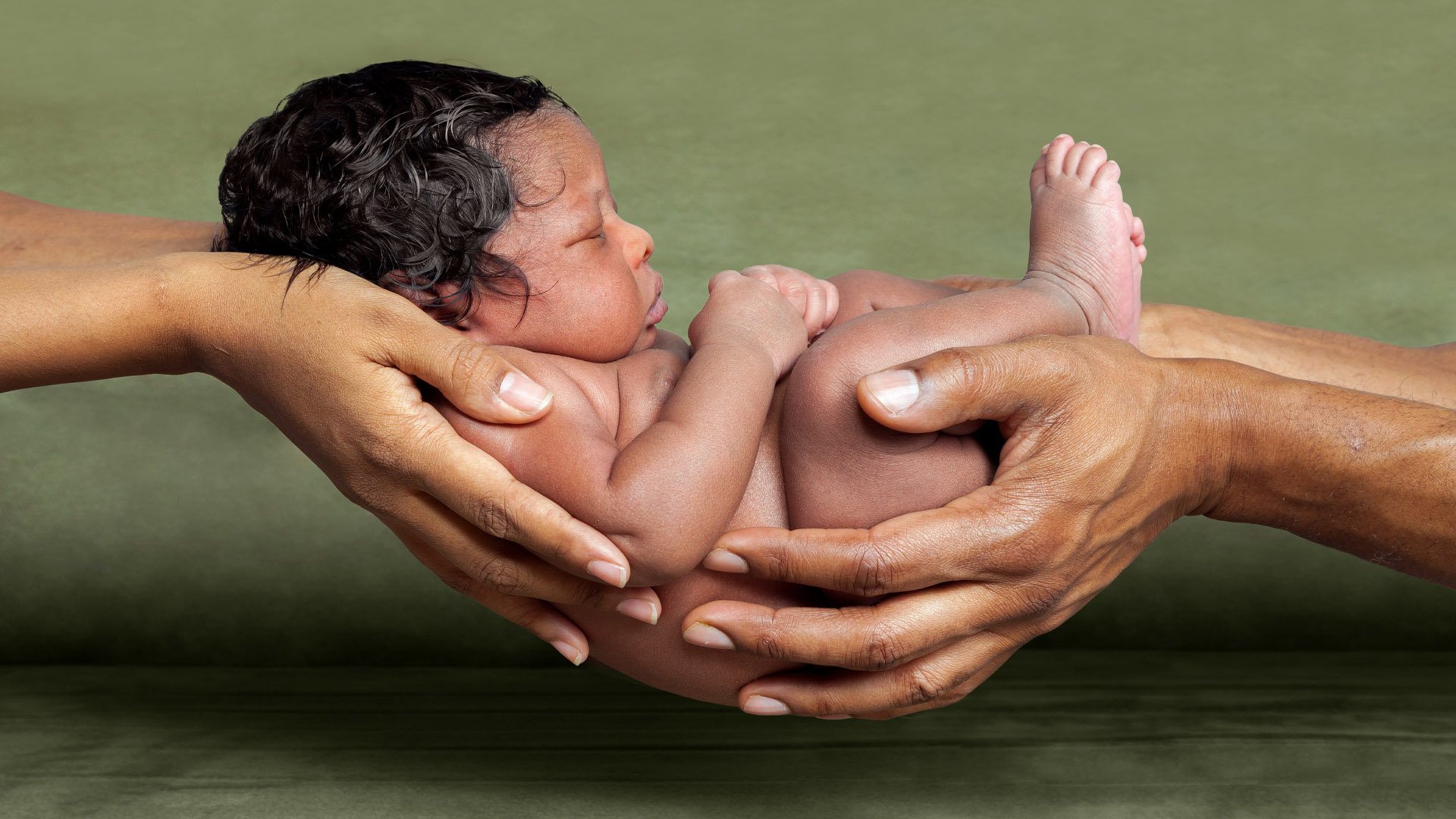In the 2019 federal election campaign, the Liberal party promised reforms to parental and maternity benefits. This was to be partly achieved through a guaranteed paid family leave program which would integrate two policies – the Canada Child Benefit (CCB) and maternity and parental benefits, which are administered through the employment insurance (EI) program. The Liberals called it a “an ambitious program” that would ensure parents not qualifying for paid leave through EI would “receive a guaranteed income during the first year of their child’s life.”
Of course, like many other policy ideas, these were sidelined by the pandemic. As people’s work lives, especially those of mothers, were upended, so too was the potential to qualify for parental benefits.
The federal government held consultations at the end of last year, with Minister of Employment Carla Qualtrough hearing from stakeholders on the best ways to reform Canada’s current system. We submitted a number of ideas based on our research. The most prominent were the need to clarify the explicit aims of parental benefits, and to adapt funding criteria to reflect and respond to the needs of a more diverse range of families.
To put this into context, before the pandemic, approximately 30 per cent of all Canadian mothers (and 60 per cent of low-income mothers) outside Quebec did not receive maternity and parental benefits. By comparison, almost 90 per cent did receive such benefits in Québec, which administers its own program (the Québec Parental Insurance Program or QPIP).
This is largely because of differences in qualifying criteria. In Quebec, a parent needs to make only $2,000 in earnings the year before giving birth to qualify, compared to 600 insurable hours in the rest of Canada (ROC). Self-employed parents are automatically self-enrolled in Québec, whereas EI offers an opt-in version for the ROC. As well, there are different labour standards in other provinces that do not exist in Québec. For example, in Québec, an employee is not required to complete a specific period of continuous employment to qualify for unpaid job-protected maternity, paternity or parental leave.
Maternity and parental benefits are complex policy instruments that embody multiple and sometimes lofty aims. Their location in EI signals that they are employment policies for adults. But they are also care policies. Unlike those who use EI benefits during unemployment, parents are neither looking for work nor unoccupied when they are on parental leave. They are doing one of the most demanding jobs on the planet – caring for a newborn child.
These kinds of benefits are also meant to safeguard new parents from the financial repercussions of taking time off from paid work to take on care work. There are gender-equality objectives as well. Specifically, non-transferable leaves for fathers aim to facilitate gendered shifts in both unpaid and paid work.
The federal government’s overall aims for maternity and parental leaves are not entirely clear. There are, however, two recently stated goals. The first, according to the departmental plan for Employment and Social Development Canada, is to help parents with “financial support during times of need and employment transitions.” Put differently, EI maternity and parental benefits “provide financial assistance to parents who are away from work to care for a newborn or recently adopted child or children.” The newest policy, parental sharing benefits implemented in 2019 for fathers and second parents, has a second goal: “breaking down barriers to gender equality.”
In any future reform of the current policy, the federal government needs to clarify the explicit aims of maternity, paternity and parental benefits, as well as establish how to measure outcomes related to these aims. It also needs to change the language to recognize that parents are not “away from work to care.” Care work is work.
It’s also important to understand who will use the benefits. Are benefits for all parents or just some? Are they only for parents with continuous work histories? Are they only for parents or could they be extended to recognize the roles that grandparents and kin networks play in the direct, everyday care of young children? Are they for infants, who need good care to be socially and economically productive citizens? Are they for the entire society because good care is central to economic life and to democracy?
Maternity and parental benefit policy changes must consider each of these questions. Paid parental benefits should be for all parents or primary caregivers and all infants because more inclusive benefits will have a positive impact on societies and economies. It is for that reason that the federal government should adapt EI funding criteria for parental benefits to meet the needs of diverse families with different care arrangements.
If we view EI parental benefits as both work and care policies, then they need to be integrated with other polices that respond to and support the needs of diverse families across Canada. Although this is challenging in our federal system, where responsibilities for care and work policies are spread among different governments and ministerial portfolios, there are four strategies that would encourage a more inclusive, equitable and integrated approach.
The first is to align early learning and child-care services (ELCC) with parental leaves and benefits. Here we can look to the Nordic countries of Denmark, Finland, Norway and Sweden where there is no gap between the end of well-paid parental leave and a child’s entitlement to early learning and child care.
Second, labour standards across Canada should be harmonized with the removal of the stipulation that employees must complete a specific period of continuous employment in the year prior to taking leave. This has already been implemented in British Columbia, New Brunswick, Nova Scotia, Québec and for federally regulated workers.
A third strategy is stronger integration between parental benefits and CCB. This change would support a more comprehensive view of parental benefits as benefits to support caregiving and care-receiving rather than simply as leaves from work. It would also show that these benefits are not only for parents (or primary caregivers), but also for infants. Such an approach resonates with European social inclusion policies, where “mixed models” provide employment-based entitlements or citizenship entitlements, with the latter offering some version of an acceptable minimum income for parents. In Canada, this approach could blend EI coverage for those who qualify for EI parental benefits with a guaranteed family income for the first year of parental care for those who do not.
Finally, an integrated approach to parental benefits would recognize that the care of children extends far beyond the first year. The International Network of Leave Policies and Research has shifted its terminology from “parental leave” to “parenting leaves and other carer leaves” recognizing that families have many, often unexpected, caregiving demands throughout life. Certainly the ongoing pandemic, with its extraordinary levels of unpredictability, requires a flexible and inclusive approach, including short-term caregiving leaves.
In Sweden, for example, parenting leaves are taken in days rather than weeks and leave time can be used in many different ways in one or several blocks of time, with full-time and part-time options, at any time until a child turns 12 (with the provision that only 96 days can be used after a child turns four).
EI employment-based parental benefits should be aligned with other care/work polices, including ELCC, labour standards legislation, the CCB, and other short-term caregiving leaves. These policy integrations respond to the ongoing challenges of the pandemic, to the increasingly precarious nature of employment, and to a diversity of family forms and caregiving needs in Canada.
The pandemic has thrown into stark relief the fault lines in both child-care and parental benefits in Canada. Just as child care has taken a central place in the federal government’s pandemic recovery plan, so too should parental leave policies. Now is the time for the Liberal government to clarify its aims for the design and delivery of EI-based parental benefits. It must take an integrated approach to policies that support parents’ care and work lives and recognize that the need for parenting leaves extend well beyond the first year of a child’s life. It’s time to make good on its promise to design parental leave policies that work for all families.













